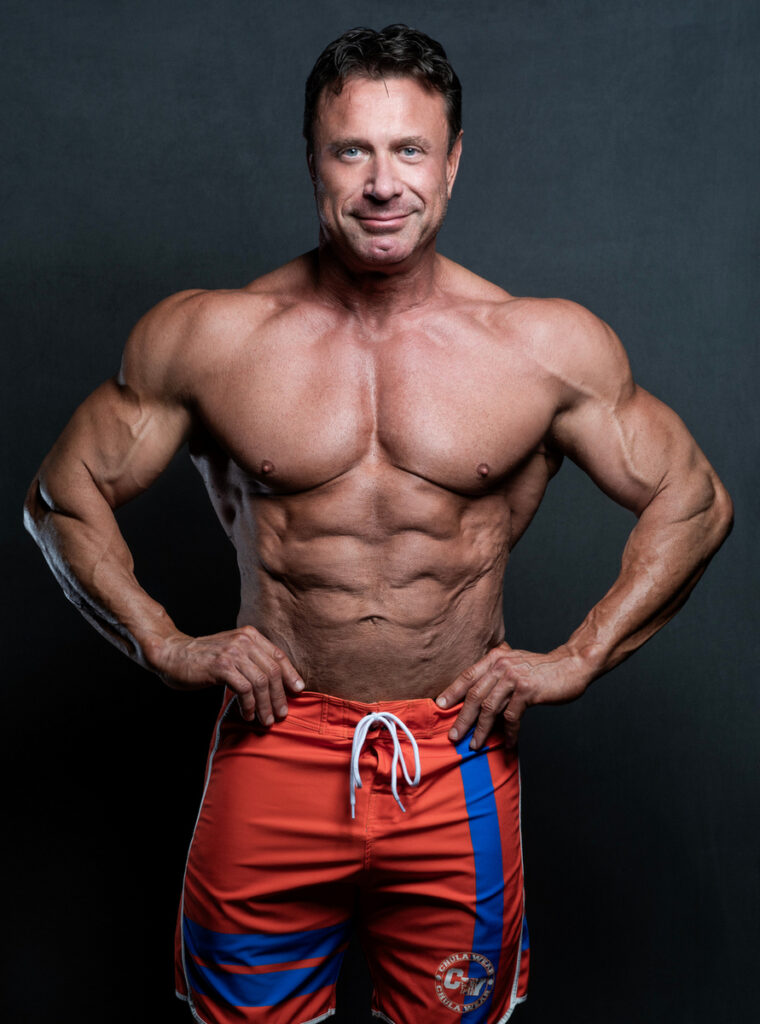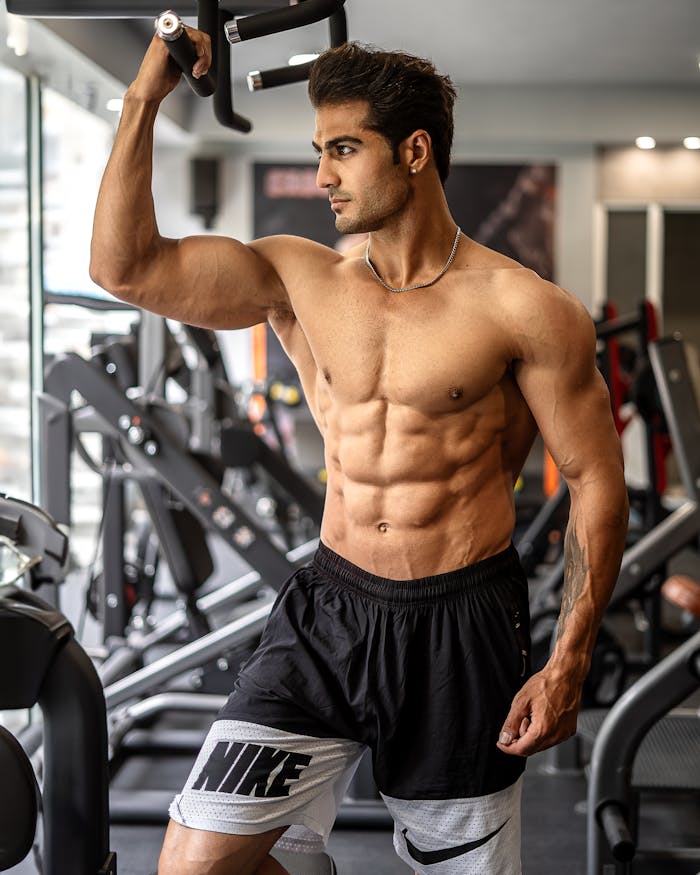The Foundations of Bodybuilding Over 50
Building Strength, Vitality, and Confidence
Bodybuilding is often associated with younger athletes flexing their muscles on stage, but the truth is, strength training and muscle building are essential at every stage of life. For individuals over 50, bodybuilding offers unique benefits that go beyond aesthetics. It supports overall health, combats age-related muscle loss, enhances functional strength, and boosts mental well-being. If you’re over 50 and considering starting or enhancing your bodybuilding journey, this guide lays out the foundational principles to help you succeed safely and effectively.
Why Bodybuilding Over 50?
As we age, our bodies undergo changes that make resistance training and bodybuilding particularly beneficial. Here’s why:
1. Combat Sarcopenia
Sarcopenia, the natural decline in muscle mass with age, begins as early as our 30s and accelerates after 50. Without intervention, this can lead to decreased strength, reduced mobility, and a higher risk of falls and fractures. Resistance training is the most effective way to counteract sarcopenia and maintain muscle.
2. Improve Bone Density
Weight-bearing exercises stimulate bone remodeling, increasing bone density and reducing the risk of osteoporosis—a condition more prevalent in older adults.
3. Boost Metabolism
Muscle tissue burns more calories at rest compared to fat tissue. Building and maintaining muscle can help keep your metabolism active, supporting weight management.
4. Enhance Cardiovascular Health
Strength training improves cardiovascular markers such as blood pressure, cholesterol levels, and circulation, contributing to heart health.
5. Mental Well-Being
Bodybuilding builds not just physical strength but also mental resilience. The discipline and consistency required enhance confidence, reduce stress, and combat depression.
Setting the Stage: Building a Solid Foundation
Consult a Professional
Before starting any new exercise program, consult a healthcare provider or fitness professional to ensure it’s safe for your specific health status. If you have pre-existing conditions like arthritis, hypertension, or joint issues, a tailored approach is essential.
Set Realistic Goals
Your goals may differ from those of someone in their 20s. Focus on improving strength, maintaining or increasing muscle mass, enhancing mobility, and promoting overall health.
Training Principles for Bodybuilding Over 50
1. Prioritize Warm-Ups and Mobility
Aging joints and connective tissues need extra care. Start every workout with a thorough warm-up to increase blood flow and prepare your body for exercise. Include dynamic stretches and mobility exercises that target the shoulders, hips, and spine.
Example Warm-Up Routine:
- Light cardio (e.g., walking or cycling) for 5–10 minutes.
- Dynamic stretches such as arm circles, hip openers, and leg swings.
- Joint-specific warm-ups (e.g., bodyweight squats, shoulder rotations).
2. Focus on Compound Movements
Compound exercises, which engage multiple muscle groups, should form the core of your workouts. They build strength efficiently and improve functional fitness.
Key Exercises:
- Squats or leg presses
- Deadlifts or Romanian deadlifts
- Bench presses or push-ups
- Rows (barbell, dumbbell, or cable)
- Overhead presses
3. Incorporate Isolation Exercises
To target specific muscle groups or address imbalances, add isolation exercises like bicep curls, tricep extensions, or calf raises. These also allow for a lower impact on joints.
4. Manage Volume and Intensity
As you age, recovery becomes more critical. Start with moderate volume (sets and reps) and intensity (weight lifted). Gradually increase as your body adapts. Aim for 2–4 sets of 8–12 reps per exercise, focusing on proper form.
5. Train with Progressive Overload
Progressive overload—gradually increasing the weight, reps, or sets over time—is key to building strength and muscle. Ensure increases are small and manageable to avoid injury.
6. Include Core and Balance Training
A strong core supports overall strength and stability. Balance exercises reduce the risk of falls and enhance functional movement.
Examples:
- Planks and side planks
- Bird-dogs
- Single-leg deadlifts
Recovery and Rest: The Unsung Heroes
Recovery is just as important as training, especially for those over 50. This is the time when your muscles repair and grow.
1. Prioritize Sleep
Aim for 7–9 hours of quality sleep per night. Sleep is when muscle recovery, hormone regulation, and cognitive restoration occur.
2. Active Recovery Days
Incorporate light activities such as walking, yoga, or stretching on non-training days to promote blood flow and reduce stiffness.
3. Listen to Your Body
Avoid pushing through pain. If something feels wrong, stop and consult a professional. Rest or modify exercises when needed.
4. Hydration and Flexibility
Staying hydrated and incorporating stretching into your routine can help prevent injuries and maintain joint health.
Nutrition for Bodybuilding Over 50
Your dietary needs change with age. Proper nutrition supports muscle growth, recovery, and overall health.
1. Prioritize Protein
Older adults need more protein to stimulate muscle protein synthesis. Aim for 1.2–1.6 grams of protein per kilogram of body weight daily.
Sources of Protein:
- Lean meats (chicken, turkey, beef)
- Fish and seafood
- Eggs and dairy
- Plant-based options (tofu, tempeh, lentils)
2. Focus on Healthy Fats
Healthy fats support hormone production, including testosterone, which naturally declines with age.
Sources of Healthy Fats:
- Avocados
- Nuts and seeds
- Olive oil
- Fatty fish
3. Choose Complex Carbohydrates
Carbs provide energy for workouts. Opt for complex carbs like whole grains, vegetables, and legumes.
4. Stay on Top of Micronutrients
Older adults are at risk of deficiencies in calcium, vitamin D, and magnesium. A balanced diet with fruits, vegetables, and possibly supplements can help.
5. Stay Hydrated
Aging reduces thirst perception, so consciously drink water throughout the day.
Mental and Emotional Resilience
Bodybuilding is as much a mental challenge as a physical one. Building muscle and strength requires consistency and patience.
1. Set Milestones
Break your goals into smaller, achievable milestones. Celebrate progress, whether it’s lifting a heavier weight or improving your form.
2. Join a Community
Training with peers or joining a gym class for older adults can provide motivation, accountability, and camaraderie.
3. Practice Mindfulness
Mind-body practices such as meditation or yoga can reduce stress, enhance focus, and improve your overall experience.
A Sample Week of Training for Beginners Over 50
Here’s a sample 3-day split for a beginner:
Day 1: Upper Body
- Bench press: 3 sets of 8–12 reps
- Dumbbell rows: 3 sets of 8–12 reps
- Overhead dumbbell press: 3 sets of 8–12 reps
- Bicep curls: 2 sets of 10–15 reps
- Tricep extensions: 2 sets of 10–15 reps
- Plank hold: 2 sets of 30–60 seconds
Day 2: Lower Body
- Squats or leg presses: 3 sets of 8–12 reps
- Romanian deadlifts: 3 sets of 8–12 reps
- Lunges or step-ups: 2 sets of 10–12 reps per leg
- Standing calf raises: 3 sets of 15–20 reps
- Bird-dogs: 2 sets of 10 reps per side
Day 3: Full-Body and Cardio
- Deadlifts: 3 sets of 6–8 reps
- Push-ups or bench press: 3 sets of 8–12 reps
- Dumbbell rows: 3 sets of 8–12 reps
- Plank with shoulder taps: 2 sets of 10–12 reps per side
- 20–30 minutes of moderate-intensity cardio (e.g., brisk walking or cycling)
Tracking Progress
Tracking your progress helps maintain motivation and identify areas for improvement.
- Log Workouts: Record exercises, weights, sets, and reps.
- Monitor Recovery: Note how your body feels after workouts.
- Take Measurements: Track body composition, strength gains, and functional improvements.
Overcoming Challenges
Starting bodybuilding over 50 comes with unique challenges, but with the right mindset and approach, they can be overcome.
1. Addressing Joint Pain
Focus on low-impact exercises and proper form. Using resistance bands and machines can reduce strain on joints.
2. Time Constraints
Keep workouts efficient by focusing on compound movements and limiting sessions to 45–60 minutes.
3. Plateaus
Plateaus are natural. Adjust your routine by increasing intensity, changing exercises, or focusing on different muscle groups.
The Rewards of Bodybuilding Over 50
The journey of bodybuilding over 50 is about more than building muscle—it’s about improving your quality of life. You’ll move with greater ease, feel stronger, and enjoy a newfound confidence. Whether you’re starting from scratch or reigniting an old passion, this chapter of your fitness journey can be your most rewarding yet.
Take the first step today, and embrace the power of strength training to redefine what aging looks like. After all, age is just a number—strength, vitality, and resilience are


